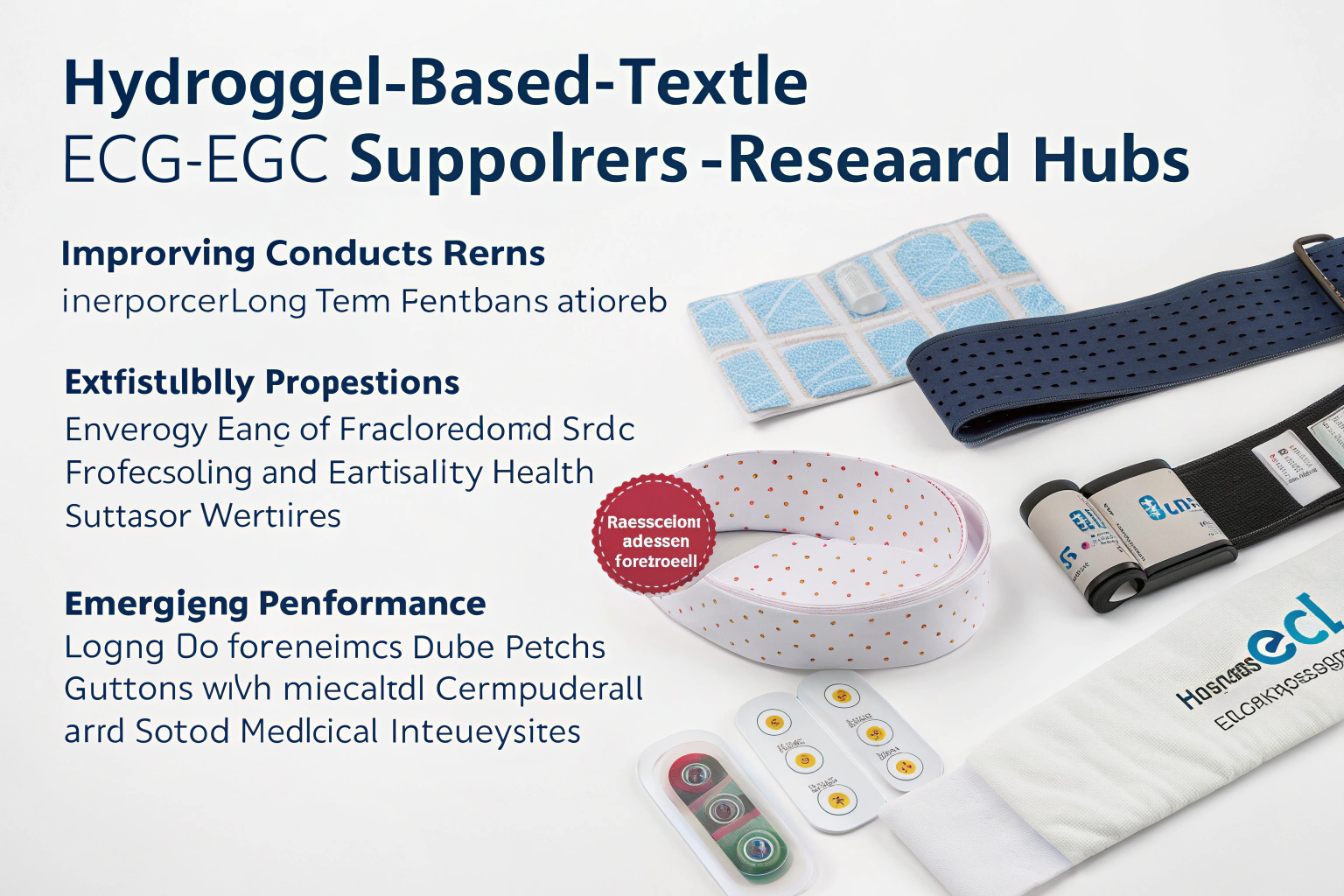In today’s fast-growing world of wearable medical devices, many buyers are searching for new fabric solutions that combine comfort with accurate bio-signal monitoring. Yet, finding reliable sources of conductive hydrogel-integrated ECG textiles can be challenging. Many companies claim to offer advanced materials, but customers often struggle with inconsistent quality, long lead times, and limited innovation.
The good news is that there are established suppliers and emerging research hubs already providing hydrogel-based ECG textile solutions. These products are designed to improve conductivity, comfort, and long-term performance, making them suitable for both medical and consumer health applications.
If you are a sourcing manager, startup founder, or medical device buyer, understanding where to find these textiles can help you save time, reduce risk, and ensure better outcomes.
Best Commercial Suppliers of ECG Hydrogel Textiles
Finding trusted suppliers is the first step to sourcing these advanced textiles. The following companies are widely recognized for their quality and global distribution.
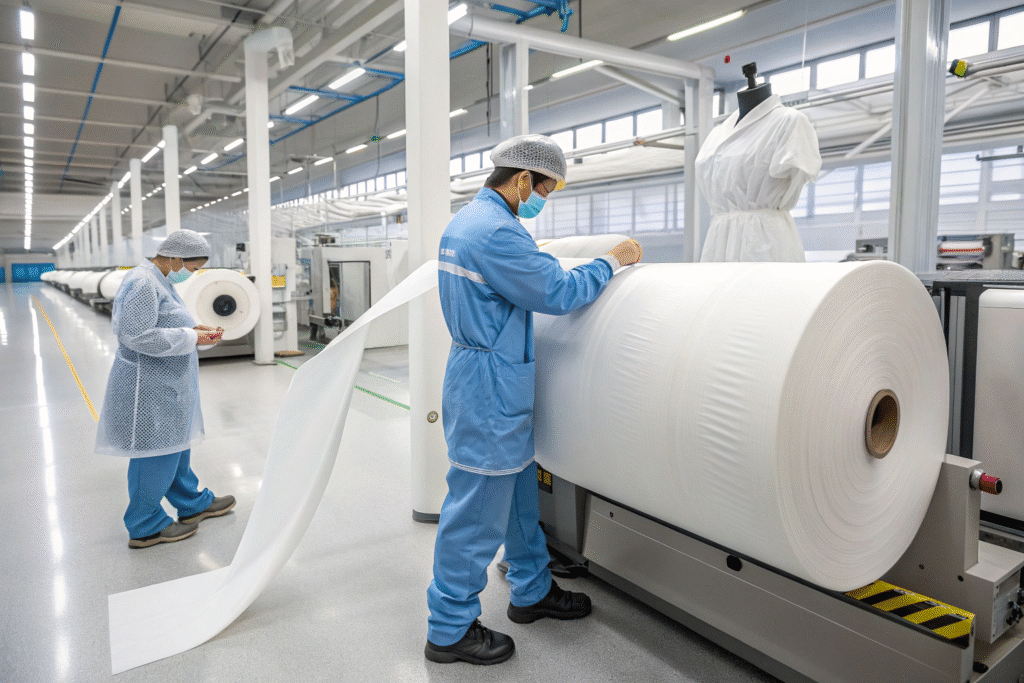
Where Can I Buy Ready-to-Use Hydrogel Electrodes?
One of the leading options is Cymmetrik, which offers ECG hydrogel pads customized for wearable electronics. Their products are known for strong adhesion, long-lasting conductivity, and integration into medical patches. Another reliable supplier is Medico Electrodes, which produces premium conductive hydrogels widely used in hospitals and health-monitoring devices.
Both companies provide scalable production, regulatory compliance, and stable supply chains, which makes them suitable for buyers in the U.S., Europe, and Asia.
Are There Specialized Textile Manufacturers for ECG Clothing?
Yes. Some specialized textile producers focus on integrating conductive hydrogels directly into woven or knitted fabrics. This makes them suitable for smart shirts, athletic wear, and sleep-monitoring textiles. While not as widely available in mass markets, these manufacturers often work under OEM/ODM agreements with startups and medical device companies. Many operate from China, South Korea, and Europe, leveraging advanced knitting machines and bio-compatible coating processes.
For companies seeking small-batch development or custom designs, working directly with textile R&D labs or manufacturing hubs in Keqiao, Zhejiang, is one of the best routes. The region is already a leader in functional and performance fabrics, making it easier to scale production quickly.
Academic Research and Emerging Innovations
Academic institutions have played a major role in pushing the boundaries of hydrogel-textile integration.
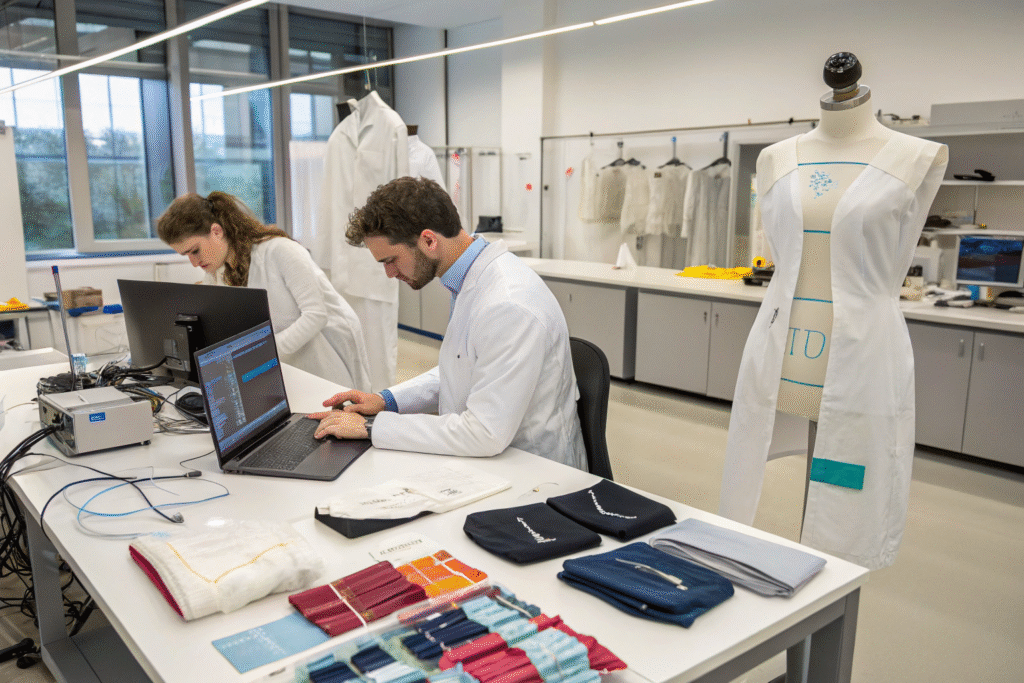
What Are the Latest Research Breakthroughs in Hydrogel ECG?
Recent studies show significant progress. A 2025 paper introduced a peelable, stretchable hydrogel ECG sensor using silver nanowire technology (X-MOL Research). Another project developed a sleep-monitoring textile electrode layered with conductive hydrogels for improved comfort (X-MOL Study).
Other researchers have created self-healable ECG patches that can restore conductivity even after damage, opening new possibilities for long-term monitoring. These academic efforts often set the foundation for future commercialization.
Are Hydrogel-Integrated Textiles Ready for Mass Production?
Some innovations are still in the research phase, but several technologies are already being transferred to industry. For example, a study on silk-based conductive hydrogels (ScienceDirect) showed excellent sweat resistance, making it ideal for sportswear ECG clothing. Another research effort focused on conductive hollow hydrogel fibers (Cell Reports Physical Science) that can be woven into breathable and durable smart textiles.
These advancements signal a shift from experimental concepts to commercial scalability, bridging the gap between lab prototypes and market-ready products.
Choosing Between Suppliers and Research Partners
When sourcing conductive hydrogel textiles, buyers often face the decision between established suppliers and research collaborations.
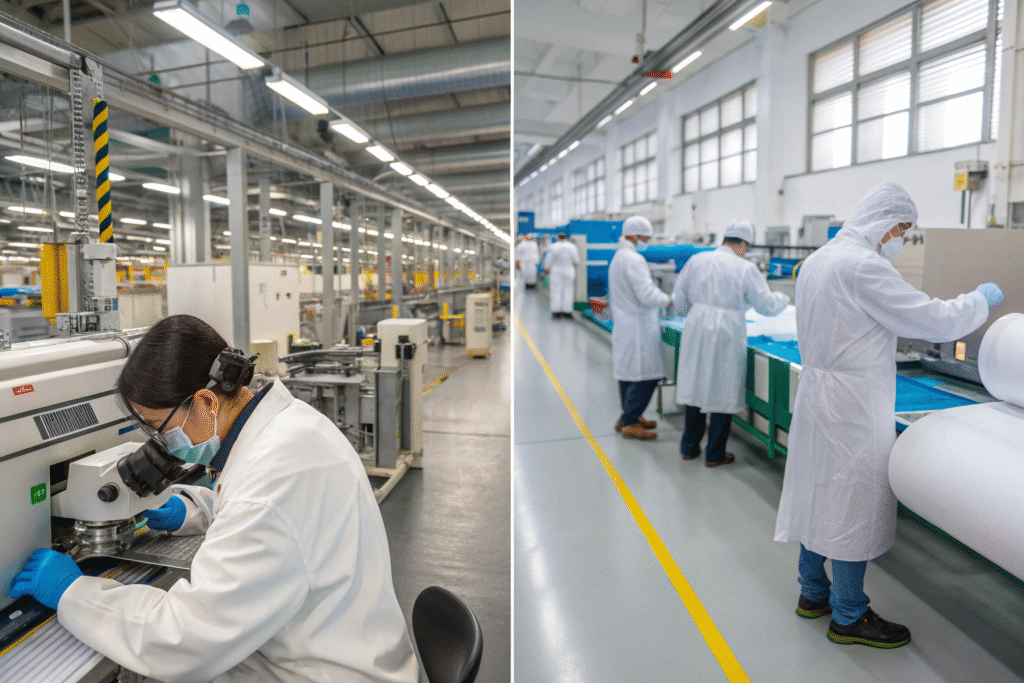
Should I Work with Large-Scale Suppliers?
If you need consistent quality, regulatory certifications, and reliable logistics, then established suppliers like Cymmetrik or Medico Electrodes are the best choice. Their products are already tested in the healthcare market, ensuring faster approval processes for medical devices and wearables.
For brands that plan to launch consumer-ready ECG textiles, these companies can guarantee high-volume production and secure financial backing, reducing business risk.
When Is It Better to Collaborate with Research Institutes?
Startups, innovators, or niche product developers may benefit more from collaborating with universities or labs. Such partnerships offer access to cutting-edge materials, like self-healable hydrogels or biodegradable conductive fibers. However, these collaborations may involve longer lead times and uncertain scalability.
For example, a joint project with a textile engineering department might help you create a unique, patentable solution, but it may not be suitable for immediate mass production.
Future Market Outlook for Hydrogel-ECG Textiles
Looking ahead, the demand for hydrogel-integrated ECG textiles will grow rapidly due to the rising popularity of wearable health monitoring and telemedicine.
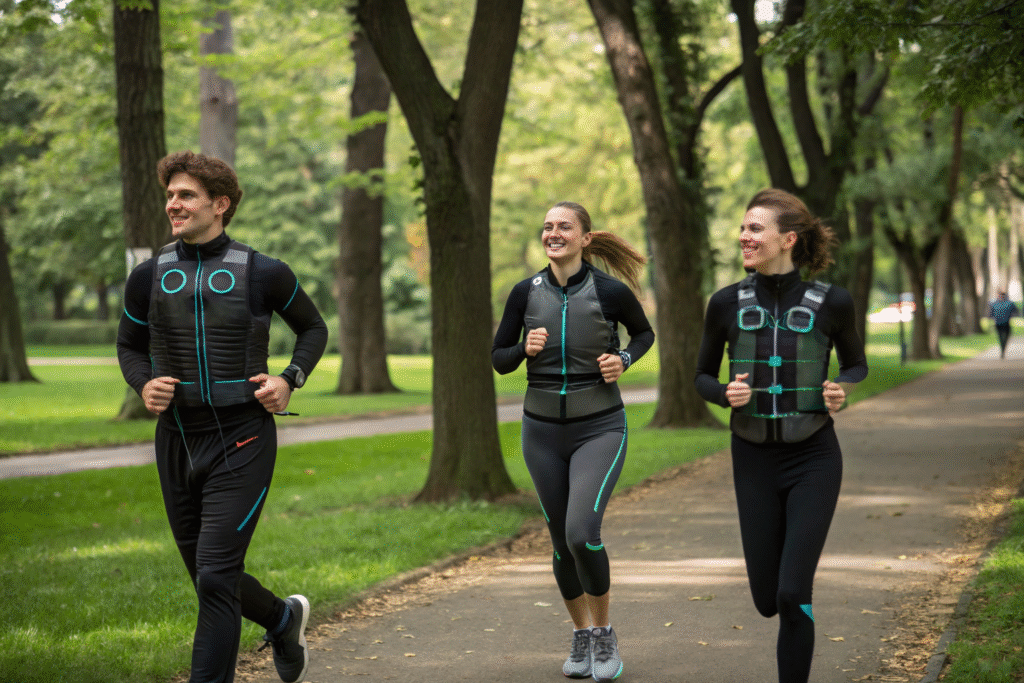
Will Hydrogel-ECG Fabrics Replace Traditional Electrodes?
Traditional ECG electrodes remain dominant in hospitals, but wearable hydrogel textiles are gaining traction in consumer health. Smart shirts, chest straps, and athletic monitoring devices already use such materials to improve comfort and reduce skin irritation. With more FDA approvals and ISO certifications, hydrogel fabrics are expected to capture a larger share of the medical textile market.
Reports suggest that by 2030, smart medical textiles could reach a multi-billion-dollar valuation, with hydrogel ECG fabrics playing a central role.
What Should Buyers Consider Before Investing?
Before sourcing these textiles, buyers must evaluate supply chain stability, regulatory pathways, and customization options. For example, a U.S. distributor may prioritize FDA-cleared hydrogel patches, while a sportswear startup may focus on breathable, washable textiles that integrate with consumer electronics.
Another key factor is tariff and logistics planning, especially when sourcing from China or Southeast Asia. Many buyers rely on suppliers with multimodal shipping networks and banking partnerships to ensure smooth delivery and payment security.
Conclusion
Conductive hydrogel-integrated ECG textiles are no longer futuristic ideas—they are already entering the global market. From commercial suppliers like Cymmetrik and Medico Electrodes to academic breakthroughs in self-healable and silk-based hydrogels, the opportunities for buyers are vast. Whether you represent a large medical device brand or a startup exploring smart clothing, you can find reliable sources and partners today.
If you are ready to explore custom fabric development, bulk sourcing, or long-term cooperation, we welcome you to contact our team at Shanghai Fumao. You can reach out to our Business Director, Elaine, at elaine@fumaoclothing.com to discuss your project and secure the right textile solution for your next innovation.

